
Egypt, a land steeped in history and culture, is a destination that has captivated travelers for centuries. From the majestic pyramids of Giza to the ancient temples of Luxor, Egypt offers a wealth of wonders to explore. This blog will take you on a journey through 20 of the most amazing locations in Egypt, showcasing the country’s rich heritage, natural beauty, and vibrant culture.
Whether you’re a history buff, an adventure seeker, or simply looking for a unique and unforgettable experience, Egypt has something to offer everyone. From the bustling streets of Cairo to the serene shores of the Red Sea, this ancient land will leave you spellbound.
Giza Pyramids and Sphinx
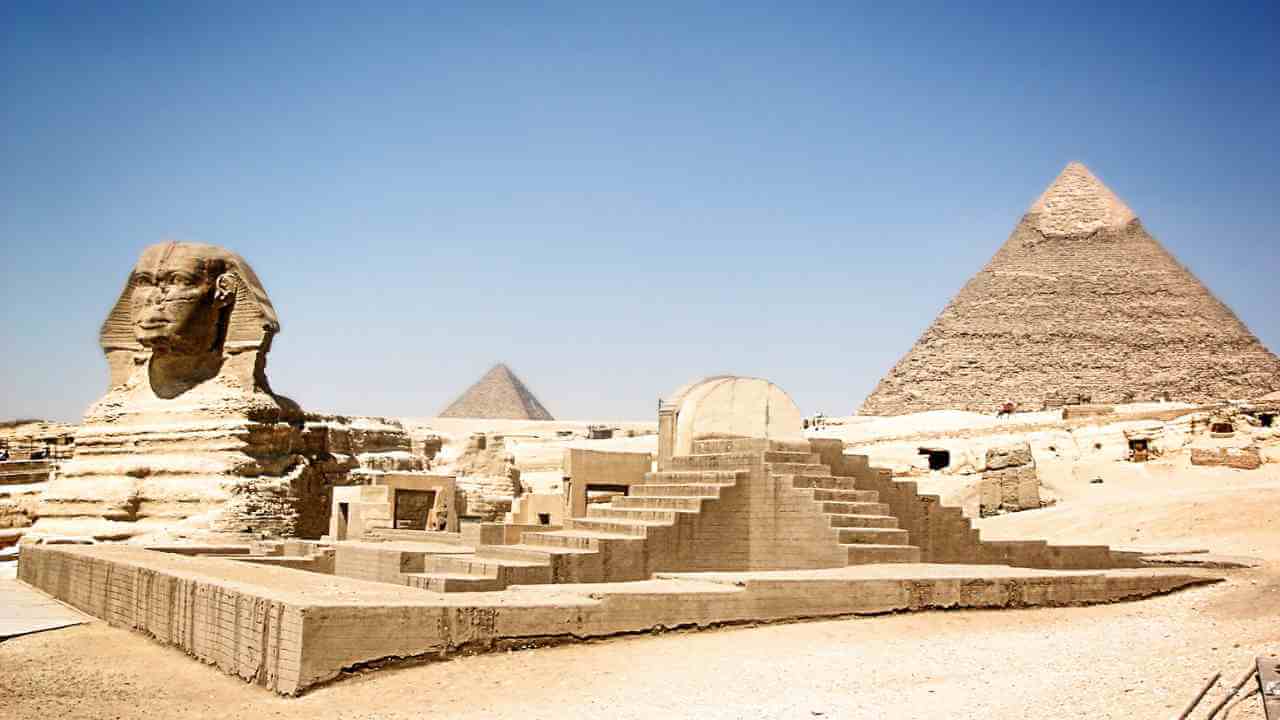
No visit to Egypt is complete without witnessing the awe-inspiring Pyramids of Giza and the enigmatic Sphinx. So naturally, it had to be the first iconic spot on our list. These iconic structures have stood for thousands of years, a testament to the ingenuity and power of ancient Egyptian civilization.
The Great Pyramid of Giza, the largest pyramid in the world, is a marvel of engineering. Constructed over 2,000 years ago, it remains a mystery how the ancient Egyptians could lift and place the massive stones that make up its structure. The Sphinx, a colossal limestone statue with a lion’s body and a human’s head, is believed to be a guardian of the pyramids. Its enigmatic expression and weathered appearance have captivated visitors for centuries.
Luxor’s Karnak Temple
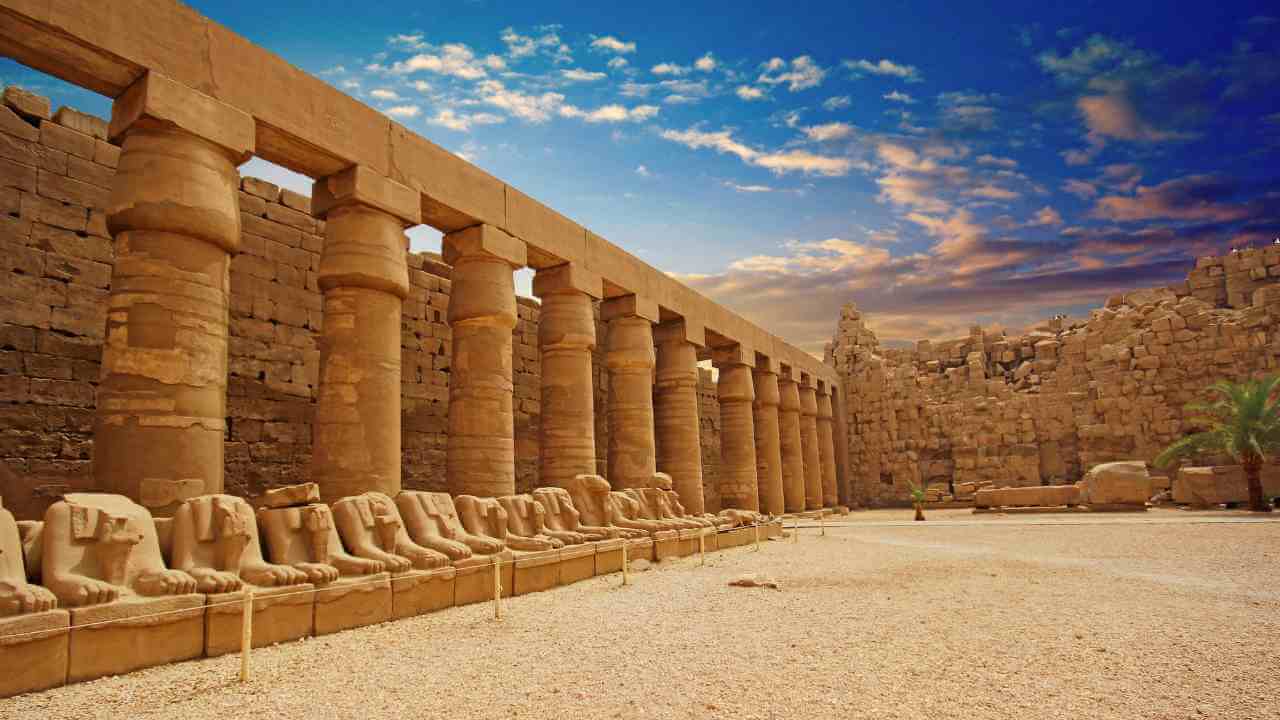
Karnak Temple in Luxor is one of the most impressive and awe-inspiring ancient Egyptian monuments. This sprawling complex is a testament to the power and grandeur of the pharaohs who ruled Egypt.
As you wander through the temple’s vast courtyards and towering hypostyle halls, you’ll be transported back in time to a world of pharaohs, gods, and rituals. Don’t miss the opportunity to explore the Avenue of Sphinxes, a long procession of ram-headed sphinxes leading to the temple. Karnak Temple is a must-see for any visitor to Egypt.
The Valley of the Kings
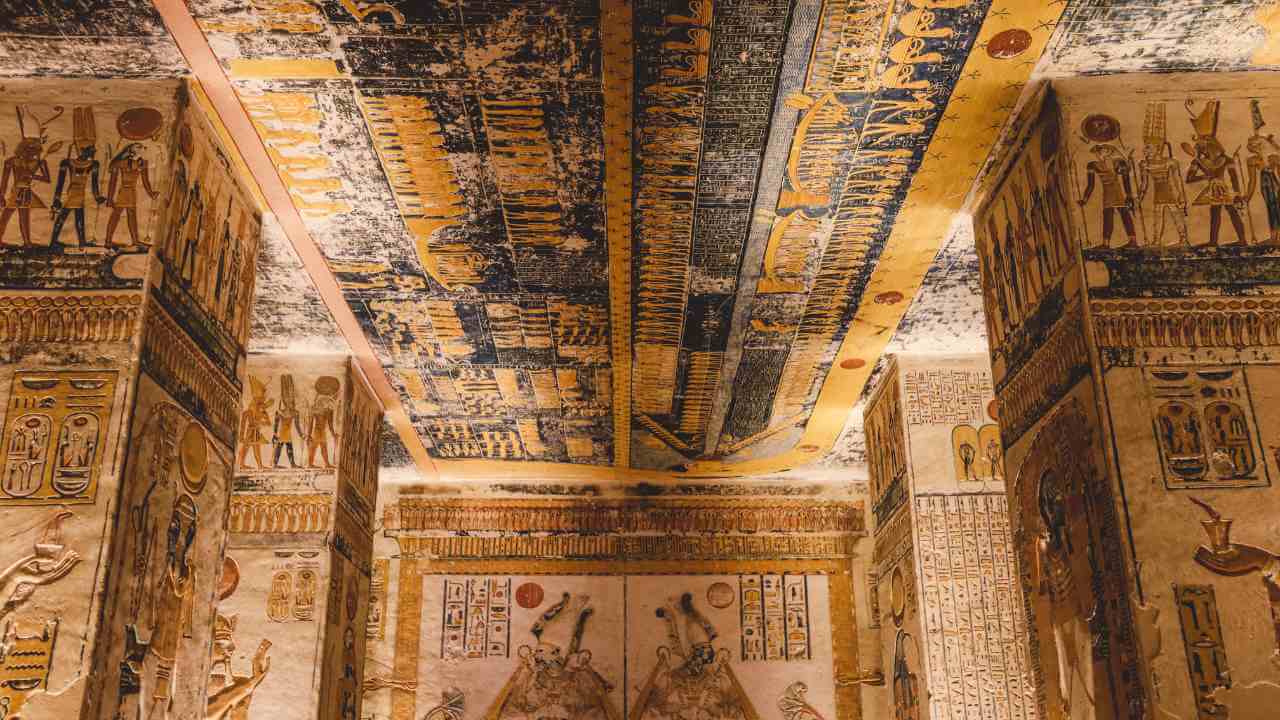
The Valley of the Kings, located on the West Bank of the Nile River near Luxor, is a must-visit destination for any history buff or traveler seeking a unique experience. This ancient necropolis served as the burial ground for many of Egypt’s pharaohs and their families, offering a glimpse into the lives of the powerful rulers who once ruled this ancient civilization.
As you explore the valley, you’ll be transported back thousands of years to a time when pharaohs were considered divine beings. The tombs, carved into the limestone cliffs, are adorned with intricate hieroglyphics, colorful paintings, and statues of gods and goddesses. The most famous tombs include Tutankhamun, Rameses II, and Seti I.
Aswan
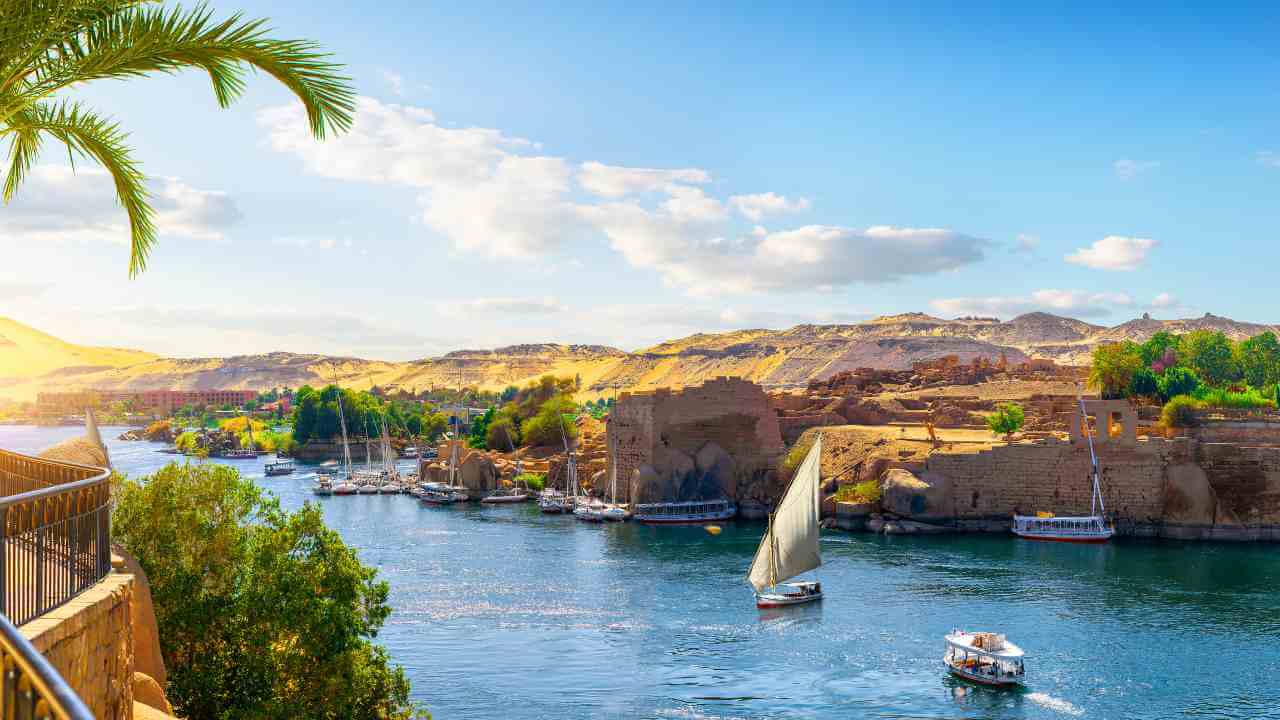
Aswan, a city nestled along the banks of the Nile River, is a timeless oasis that offers a glimpse into ancient Egypt. Known for its stunning temples and serene landscapes, Aswan is a must-visit destination for any traveler exploring Egypt.
One of the most iconic landmarks in Aswan is the Temple of Philae, a magnificent ancient temple dedicated to the goddess Isis. Located on a small island in the Nile River, the temple is accessible by boat and offers breathtaking views of the surrounding landscape. Another highlight of Aswan is the Kom Ombo Temple, a unique double temple dedicated to the gods Horus and Sobek. With its intricate carvings and well-preserved architecture, Kom Ombo Temple is a testament to the ancient Egyptians’ skill and artistry.
Philae Temple
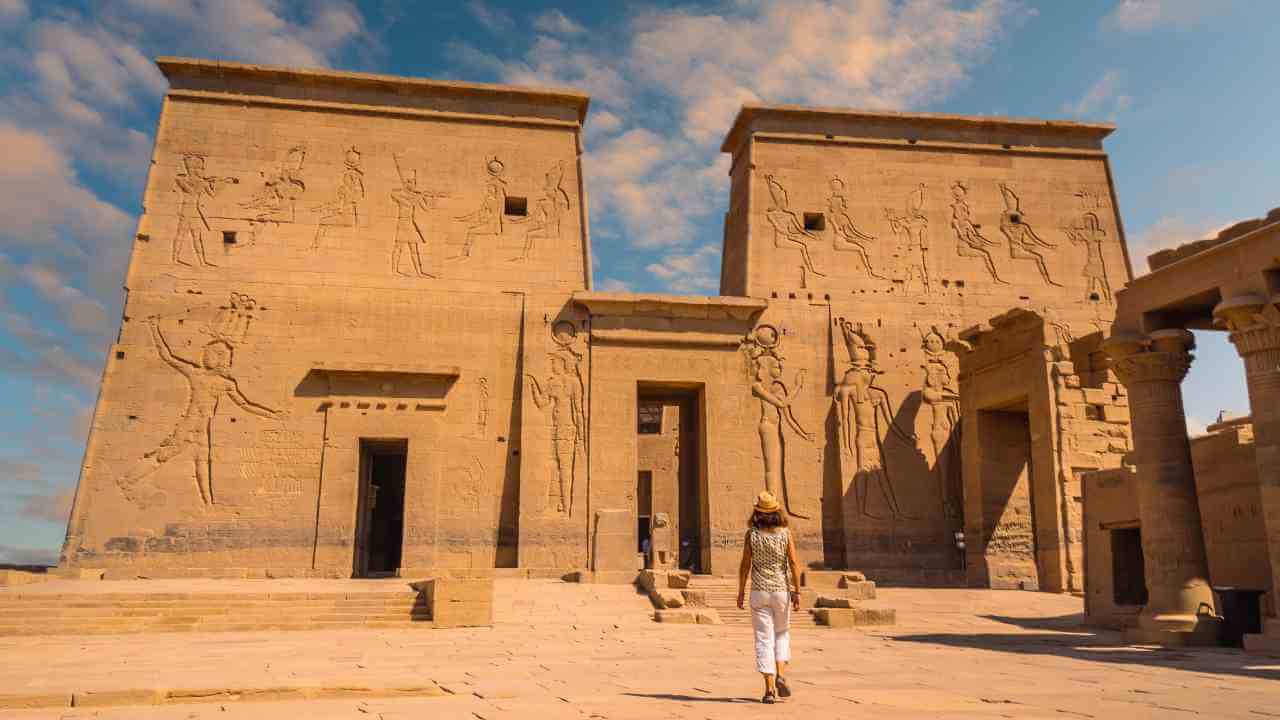
Philae Temple is a stunning ancient monument located on Philae Island in Lake Nasser, Egypt. Originally built on the island of Philae in the Nile River, the temple was relocated to its current location in the 1960s to save it from the rising waters of the Aswan High Dam.
Philae Temple is a masterpiece of Egyptian architecture, featuring intricate carvings, colorful paintings, and towering columns. Visitors can explore the temple’s many chambers, including the Temple of Isis, the Temple of Hathor, and the Kiosk of Trajan. The temple’s serene setting, surrounded by lush gardens and palm trees, adds to its allure.
Abu Simbel
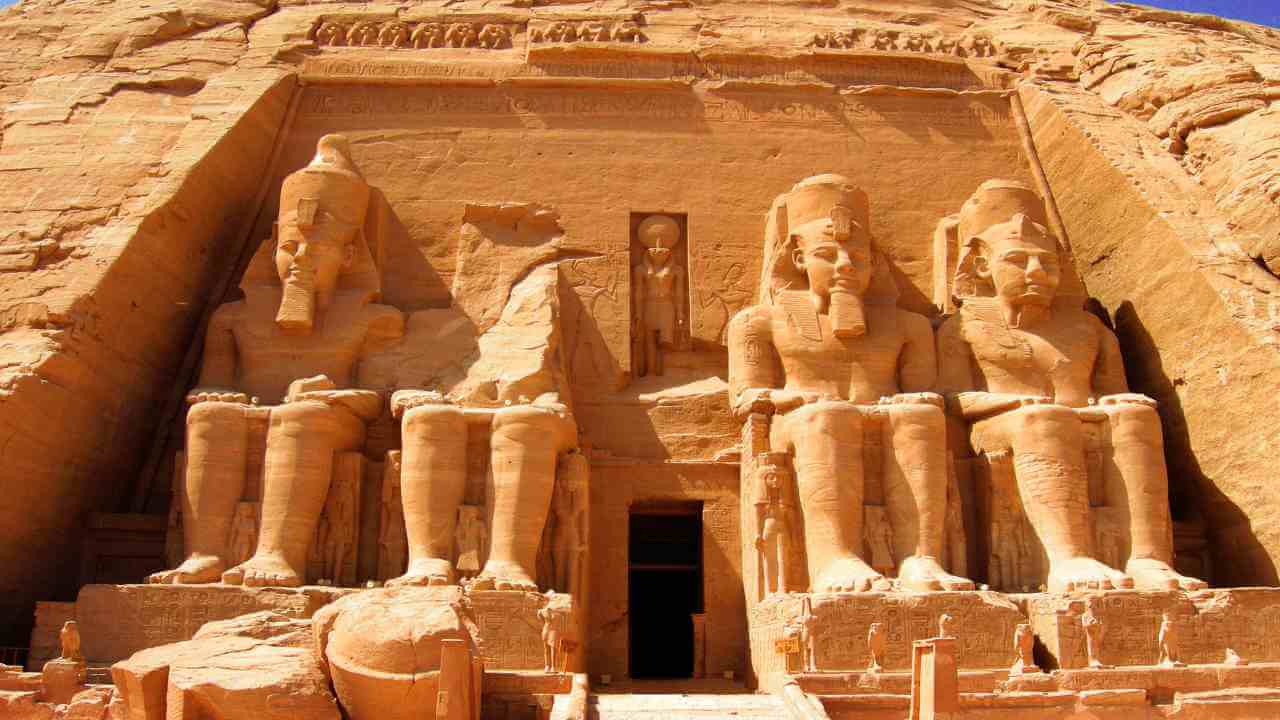
Nestled in the Nubian Desert, Abu Simbel is a UNESCO World Heritage Site that is a testament to ancient Egyptian engineering and artistry. This remarkable complex of two massive rock-cut temples was originally built by the pharaoh Ramses II to honor himself and the goddess Hathor.
Abu Simbel was relocated to higher ground in the 1960s to protect the temples from rising Nile River levels. The intricate carvings and hieroglyphs that adorn the temple walls remain remarkably well-preserved, offering visitors a glimpse into the grandeur and power of ancient Egypt. Visiting Abu Simbel is a must for any history enthusiast or traveler seeking a truly awe-inspiring experience.
Cario Tower
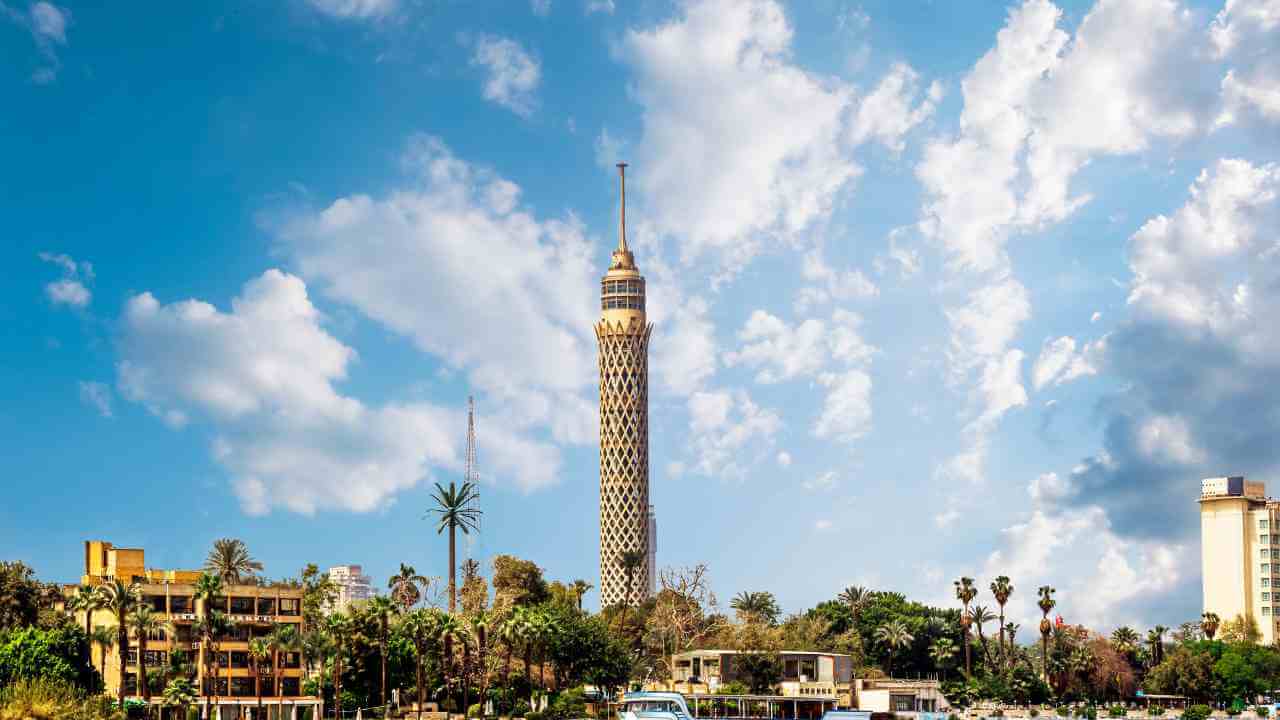
Cairo Tower, a 177-meter (581-foot) landmark dominating the Cairo skyline, offers breathtaking panoramic views of the city and its surrounding areas. This iconic structure is a must-visit for any traveler seeking a bird’ s-eye view of Egypt’s capital.
As you ascend to the observation deck, you’ll be rewarded with stunning vistas of the Giza Pyramids, the Nile River, and the bustling city streets below. On a clear day, you can even see as far as the ancient city of Memphis. Cairo Tower is a sightseeing destination and a popular spot for locals and tourists alike to enjoy a meal or a drink at one of its restaurants.
Alexandria’s Bibliotheca Alexandrina
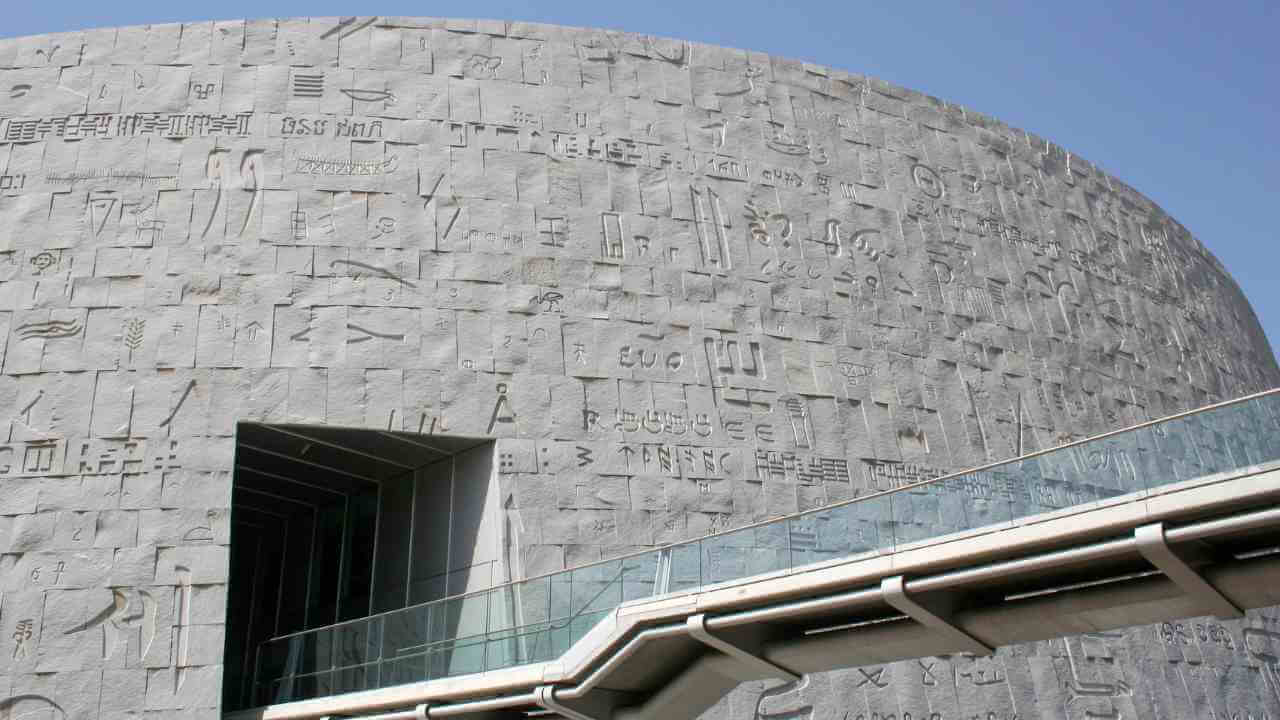
Alexandria, once a vibrant and cosmopolitan city, has witnessed its fair share of historical ups and downs. However, in recent years, the city has undergone a remarkable transformation, with the construction of the Bibliotheca Alexandrina standing as a testament to its resurgence. This modern marvel is a state-of-the-art library and cultural center that pays homage to the ancient Library of Alexandria, one of the greatest libraries of the ancient world.
The Bibliotheca Alexandrina is a striking architectural masterpiece, designed to resemble a sailboat with its sloping roof and glass facade. Visitors will find a vast collection of books, manuscripts, and other cultural materials. The library also houses a planetarium, an exhibition hall, and a conference center. Whether you’re a bookworm, a history enthusiast, or simply looking for a unique cultural experience, the Bibliotheca Alexandrina is a must-visit destination in Alexandria.
Fort Qaitbey
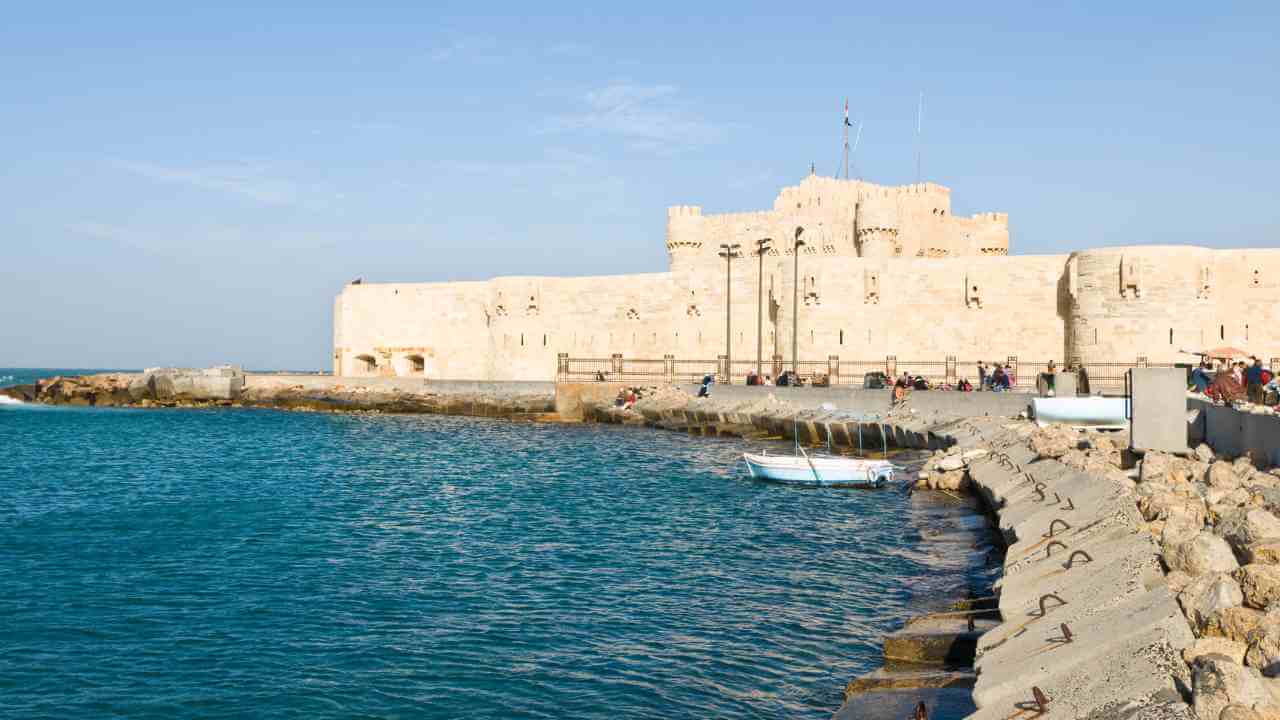
Fort Qaitbey, a majestic fortress overlooking the Mediterranean Sea in Alexandria, is a testament to Egypt’s rich history and architectural prowess. Built in the late 15th century by Sultan Qaitbay, this imposing structure served as a key defense against Ottoman naval forces.
Today, Fort Qaitbey is a fascinating historical site that offers visitors a glimpse into Egypt’s past. Explore the fortress’s intricate architecture, climb to the top of the citadel for panoramic views of the city and harbor, and learn about its role in Egypt’s maritime history. Visiting Fort Qaitbey is a must for anyone interested in Egypt’s military heritage and coastal culture.
Siwa Oasis
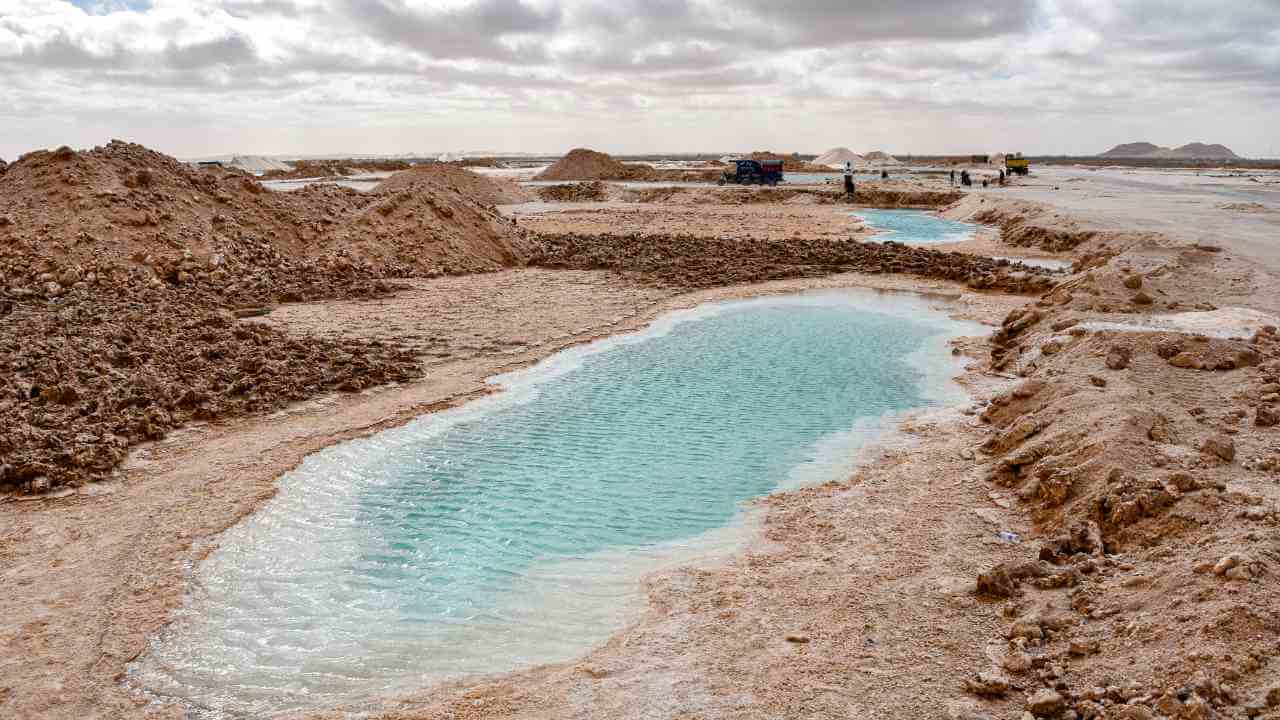
Nestled amidst the vast expanse of the Libyan Desert, Siwa Oasis is a hidden gem that offers a stark contrast to Egypt’s bustling cities. This oasis is home to a unique Berber culture, with traditional mud-brick houses, palm-fringed springs, and ancient ruins.
Visitors to Siwa can explore the ancient temple of the Oracle of Ammon, relax in the natural hot springs, or soak up the peaceful atmosphere of this remote oasis. The surrounding desert landscape is perfect for hiking, sandboarding, or simply enjoying the tranquility of the starlit sky.
White Desert National Park

White Desert National Park, located in the Farafra Oasis, is a surreal landscape that resembles a moonscape. The park is home to a vast expanse of white limestone rock formations sculpted by wind and sand over millions of years. These formations, known as “mushroom rocks,” create a unique and otherworldly atmosphere.
Visitors to the White Desert National Park can explore the park on foot, by camel, or by 4×4 vehicle. Camping is also permitted in designated areas, allowing you to experience the tranquility of this remote desert wilderness under a starry sky.
Dahab and the Blue Hole
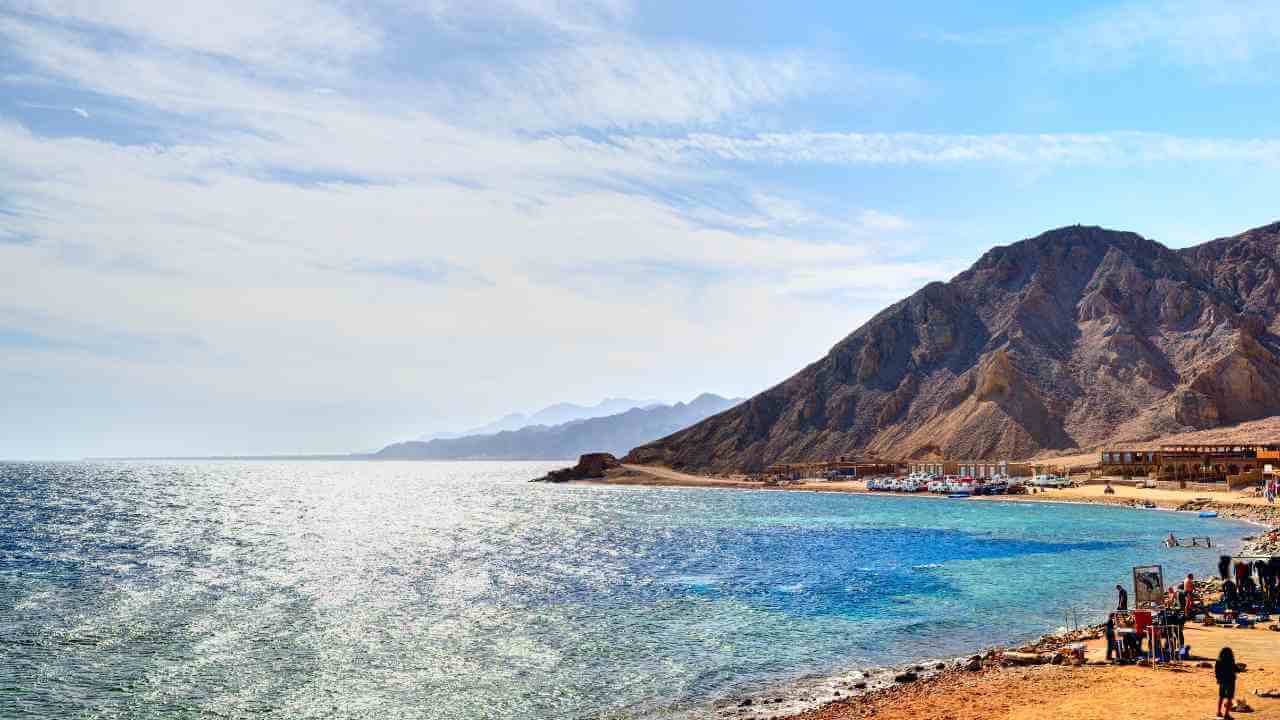
Dahab, a charming coastal town in the Sinai Peninsula, is a paradise for scuba divers and snorkeling enthusiasts. With its crystal-clear waters, vibrant coral reefs, and diverse marine life, Dahab offers some of the best diving conditions in the world.
One of Dahab’s most famous dive sites is the Blue Hole, a deep, circular abyss that plunges to over 100 meters. The Blue Hole is a challenging dive, requiring advanced skills and experience, but it is also a truly awe-inspiring sight. For those who prefer shallower waters, Dahab offers a variety of other dive sites, including the Canyon, the Lighthouse, and the Bells.
The Nile Cruise from Luxor to Aswan
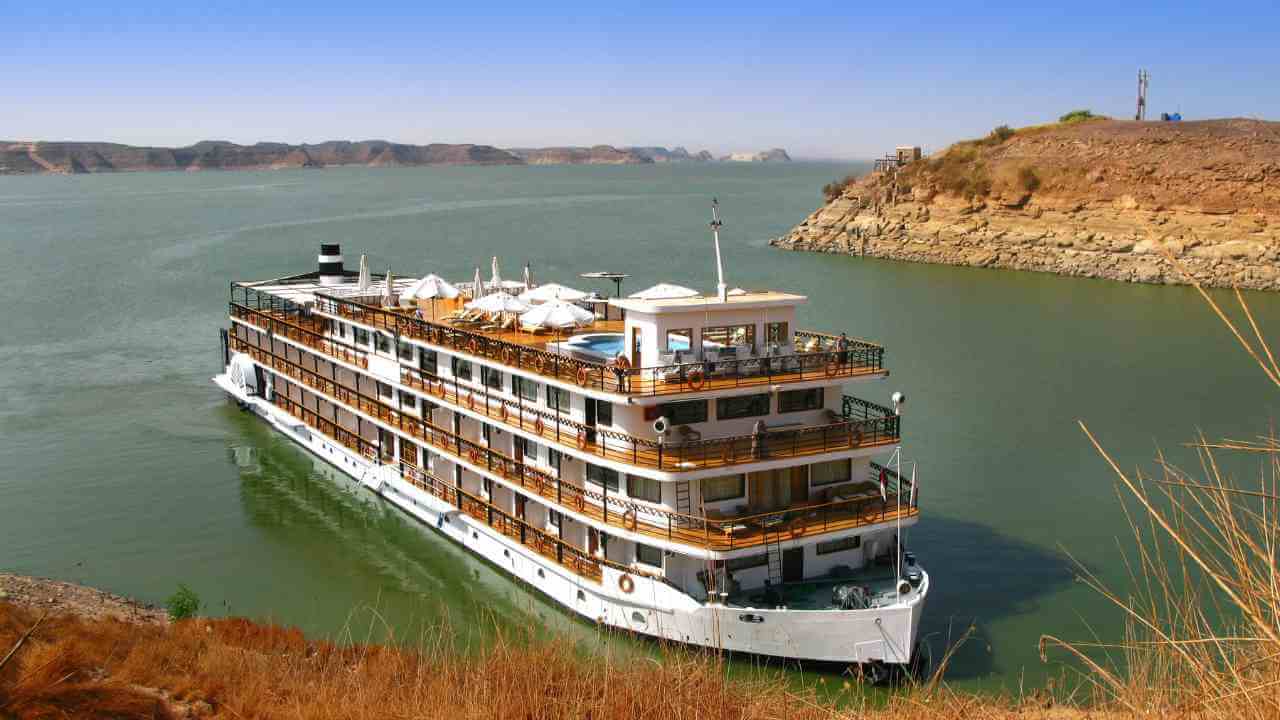
A Nile cruise is an essential part of any Egypt itinerary. It offers a leisurely and scenic way to explore some of the country’s most iconic ancient sites. As you sail down the majestic Nile River, you’ll be surrounded by breathtaking landscapes, including lush palm groves, towering mountains, and traditional villages.
A typical Nile cruise itinerary includes stops at several must-see destinations like Luxor, Aswan, and Edfu. In Luxor, you can visit the magnificent Valley of the Kings, where the tombs of ancient pharaohs are located. Aswan is home to the towering Philae Temple, which was relocated to an island on Lake Nasser to save it from flooding. Along the way, you’ll also have the opportunity to explore smaller temples and archaeological sites, providing a glimpse into Egypt’s rich history.
The Step Pyramid
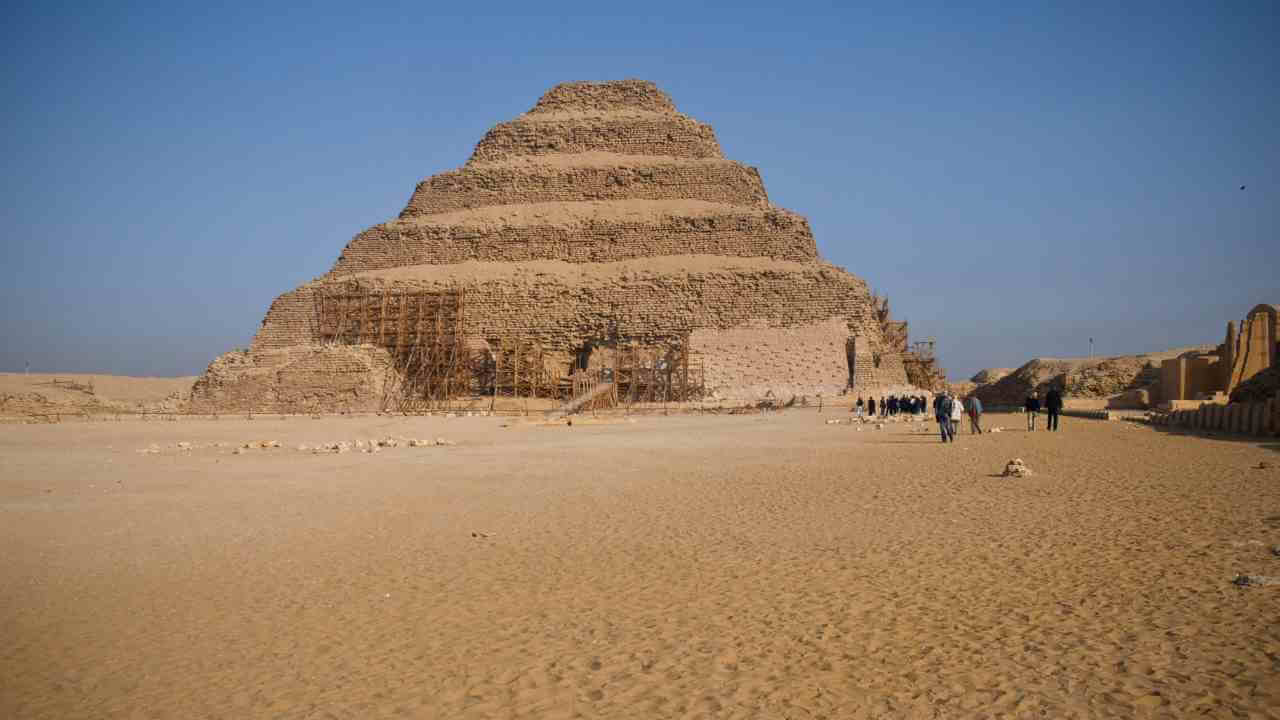
The Step Pyramid of Saqqara, located just outside of Cairo, is one of Egypt’s oldest and most impressive pyramids. Built as a tomb for the pharaoh Djoser, it is a marvel of ancient engineering with its unique stepped design. The pyramid’s intricate architecture and well-preserved condition offer a glimpse into the sophisticated knowledge and skills of the ancient Egyptians.
A visit to the Step Pyramid is a must for any traveler to Egypt. As you explore the site, you can imagine the bustling activity that once took place here thousands of years ago. Be sure to take your time to admire the pyramid’s intricate details and learn about ancient Egypt’s history and culture.
Abydos Temple
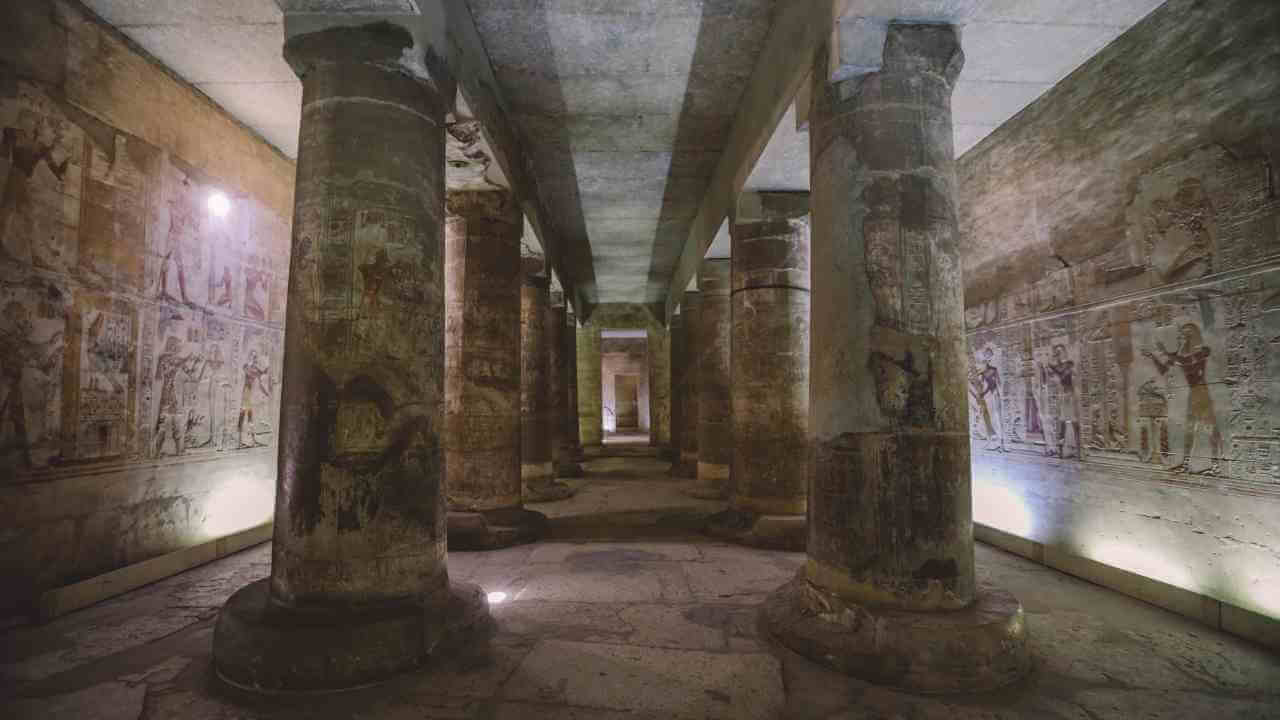
Abydos, located in Upper Egypt, is home to one of the most well-preserved ancient Egyptian temple complexes. Dedicated to the god Osiris, Abydos was considered a sacred site associated with the afterlife. The temple’s most impressive feature is the Avenue of Sphinxes, a long processional way lined with hundreds of sphinx statues.
Visitors to Abydos can explore the temple’s numerous chambers and courtyards, including the Hypostyle Hall, the Osiris Chapel, and the Tomb of Seti I. The walls of these structures are adorned with intricate hieroglyphics and colorful paintings depicting scenes from Egyptian mythology and the afterlife. A visit to Abydos offers a glimpse into the ancient Egyptians’ beliefs and reverence for the gods.
The Red Sea Riviera
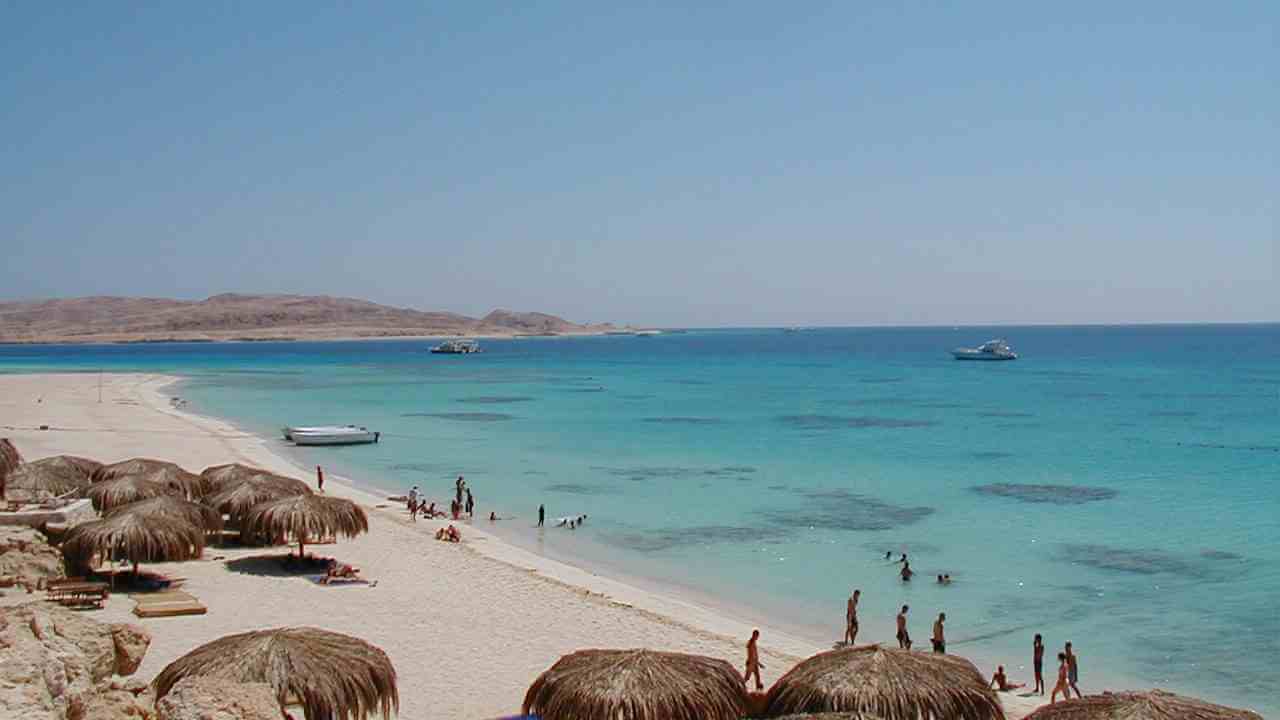
The Red Sea Riviera, a stretch of coastline along Egypt’s eastern border, is a paradise for sun-seekers and water sports enthusiasts. With its crystal-clear waters, pristine beaches, and vibrant coral reefs, this region offers a truly unforgettable experience.
Popular destinations along the Red Sea Riviera include Sharm El Sheikh, Hurghada, and Marsa Alam. These towns offer a variety of accommodations, from luxury resorts to budget-friendly options. Visitors can enjoy snorkeling, diving, windsurfing, sailing in crystal-clear waters, or relaxing on the beach and soaking up the sun.
St. Catherine’s Monastery
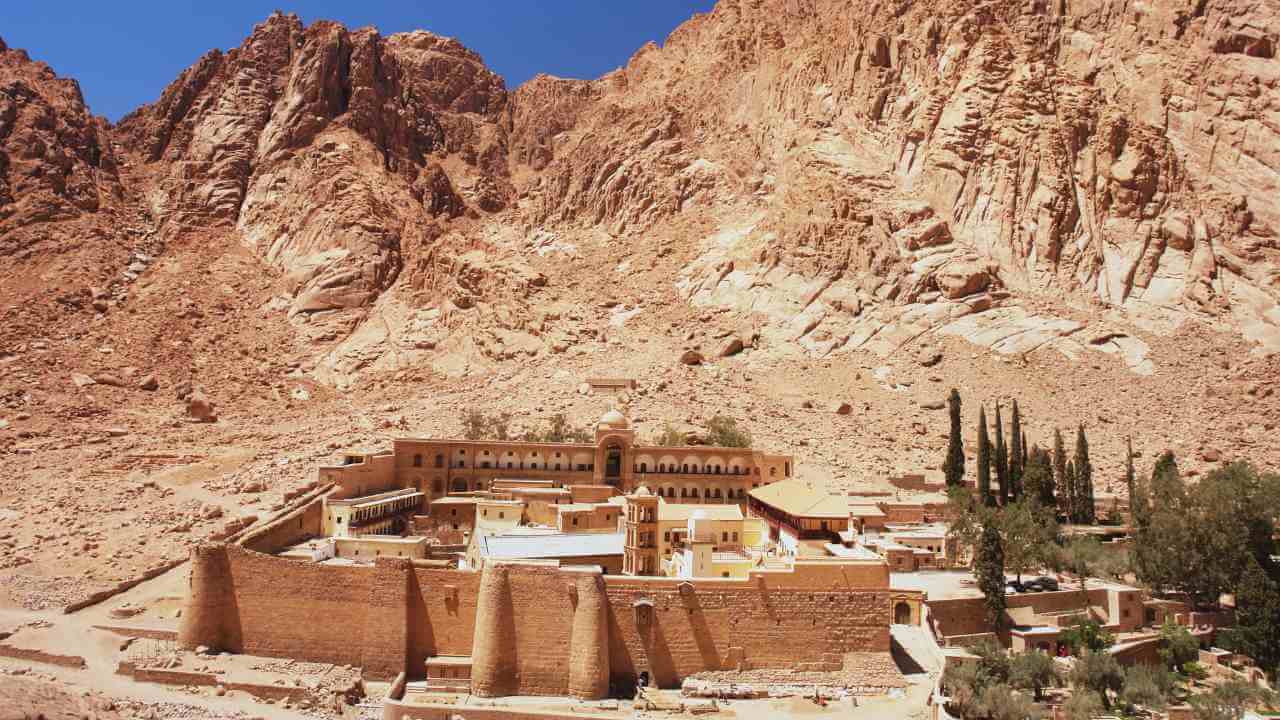
Nestled amidst the rugged peaks of Mount Sinai, St. Catherine’s Monastery is a UNESCO World Heritage Site and one of the oldest continuously operating monasteries in the world. Founded in the 6th century, the monastery is named after Saint Catherine of Alexandria, a Christian martyr said to have been executed on the mountain.
The monastery is a history and culture treasure trove, boasting a magnificent collection of Byzantine icons, manuscripts, and liturgical objects. Visitors can explore the ancient chapel, the burning bush chapel, and the well where the Virgin Mary is said to have quenched her thirst. The surrounding area is also a popular destination for hiking and camping, offering stunning views of the Sinai Peninsula.
Kom Ombo Temple
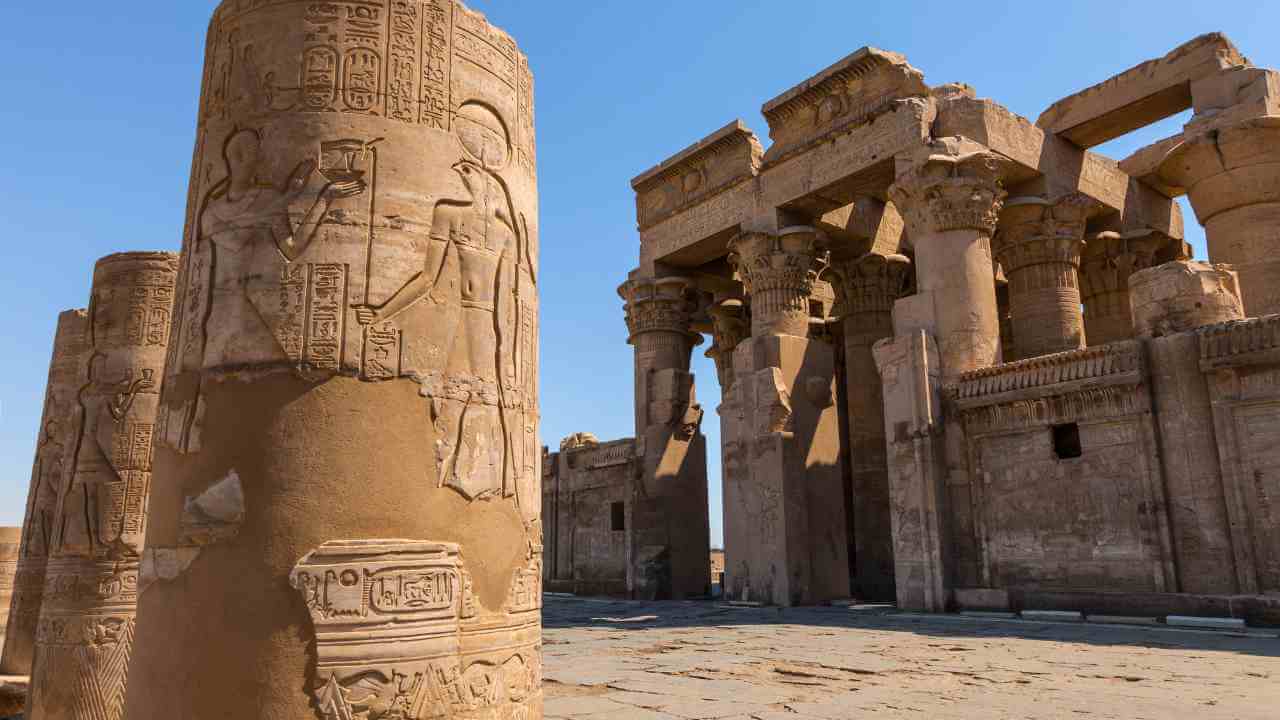
Kom Ombo Temple, located on the banks of the Nile River, is a unique and fascinating archaeological site. Unlike most Egyptian temples dedicated to a single deity, Kom Ombo Temple is a double-headed temple, honoring both the crocodile-headed god Sobek and the falcon-headed god Horus.
The temple’s symmetrical design is a marvel of ancient architecture. It has two courtyards, hypostyle halls, and sanctuaries, each dedicated to a different deity. Visitors can explore the temple’s intricate carvings, hieroglyphs, and well-preserved statues. Kom Ombo Temple is a must-see for anyone interested in ancient Egyptian history and architecture.
Fayoum Oasis
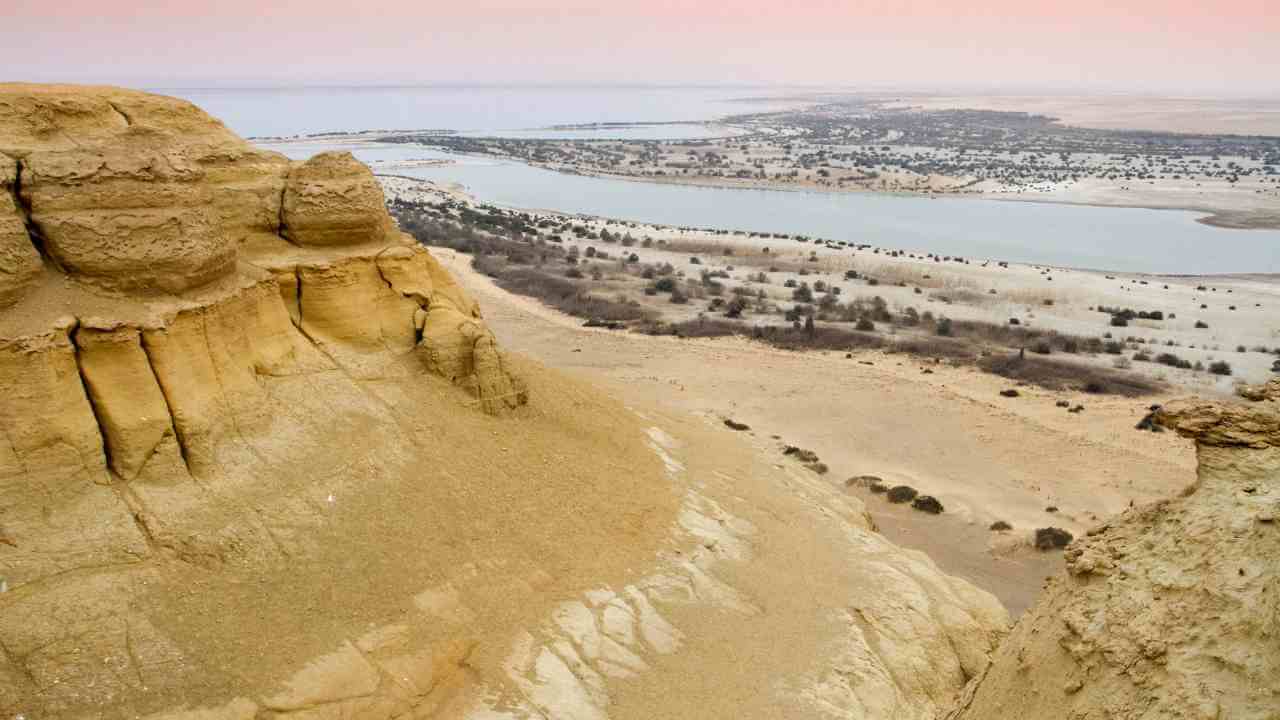
The Fayoum Oasis is a hidden gem located just west of Cairo. This lush oasis starkly contrasts the surrounding desert landscape, offering a peaceful retreat from the city’s hustle and bustle. The oasis is home to ancient sites, including the Qarun Lake, the Magic Lake, and the Tuna el-Gebel necropolis. Visitors can also enjoy boating on the Qarun Lake, exploring the mudbrick villages, or simply relaxing in the serene atmosphere of the oasis.
Al-Azhar Mosque
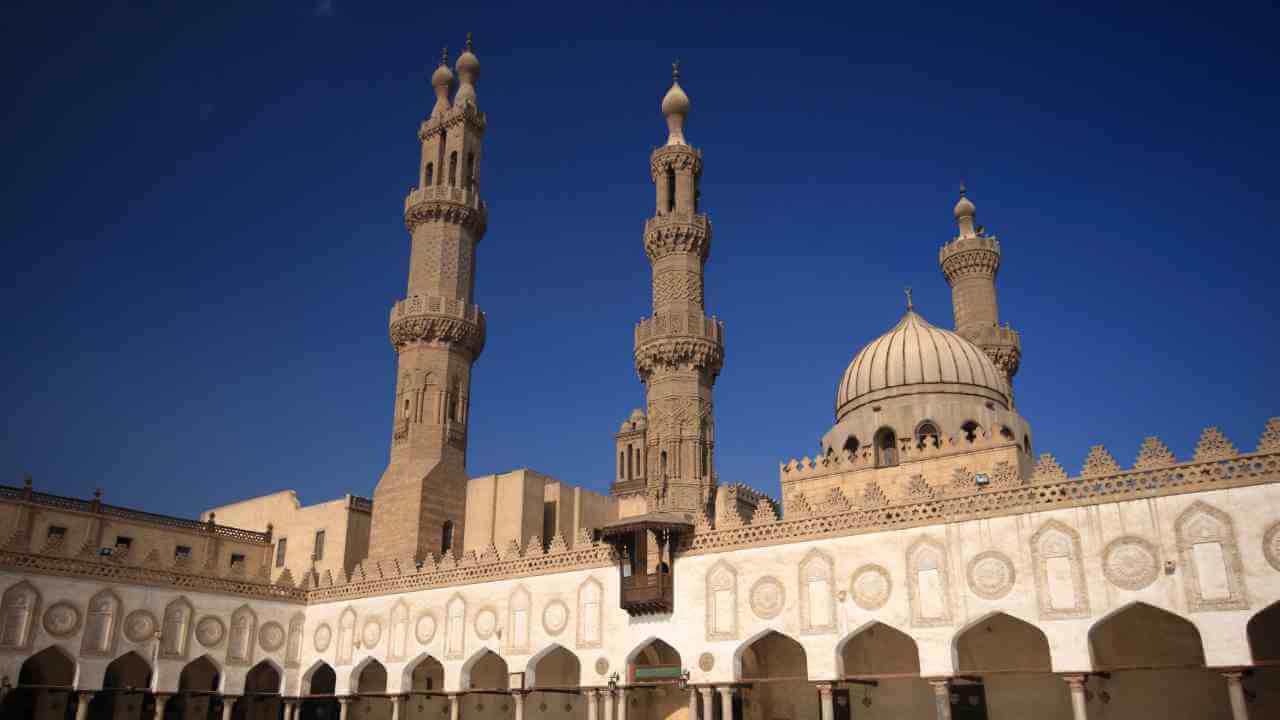
Al-Azhar Mosque, located in Cairo’s historic Islamic Cairo district, is one of the Islamic world’s most important religious and educational institutions. Founded in 970 AD, the mosque has preserved and promoted Islamic knowledge for centuries.
The mosque’s architecture is a stunning blend of Islamic styles, with intricate carvings, colorful mosaics, and towering minarets. Visitors can explore the mosque’s grand courtyard, admire the beautiful stained glass windows, and witness the daily prayers performed by hundreds of worshippers. Al-Azhar Mosque is a place of worship and a symbol of Islamic culture and heritage.
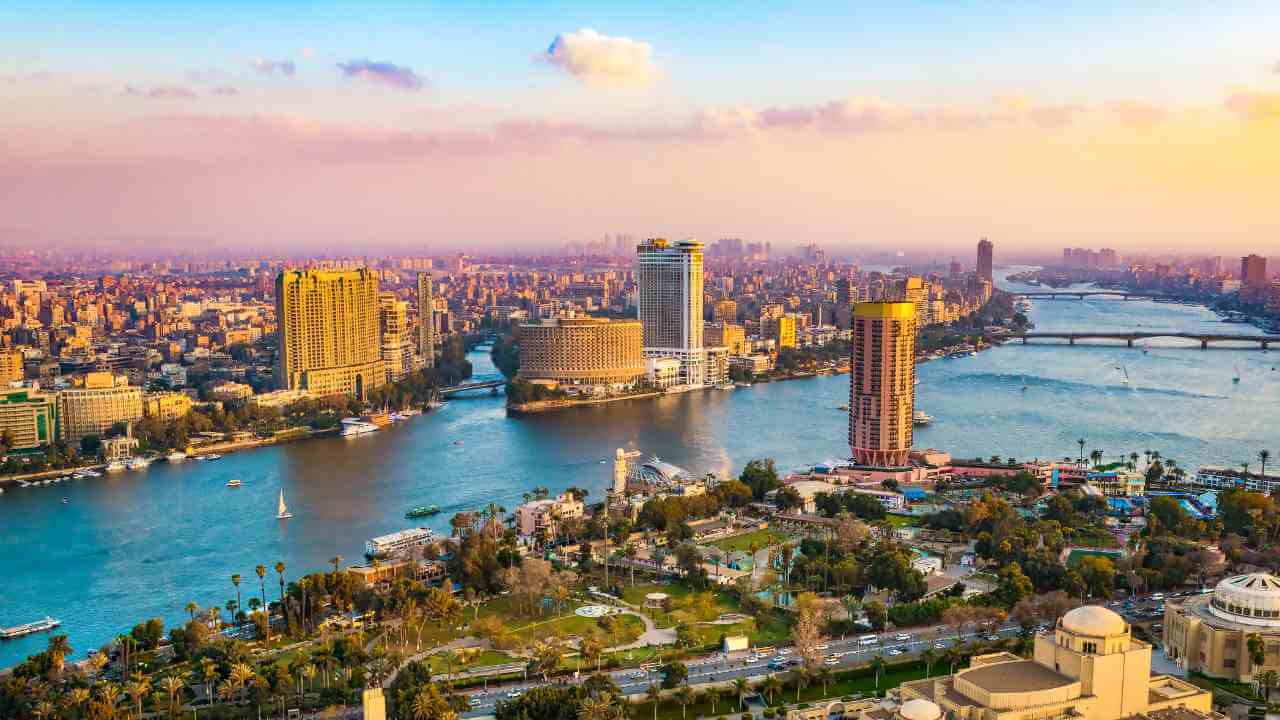
Egypt, a land shrouded in mystery and intrigue, offers a journey through time like no other. With its ancient pyramids, bustling bazaars, and breathtaking landscapes, Egypt is a destination that captivates the imagination. From the majestic Nile River to the serene desert oases, something fascinates every traveler.
So pack your bags, grab your camera, and get ready to embark on a journey through time. With so many unique locations to explore, Egypt is a destination that will leave you with memories that will last a lifetime.
More from Travel Reveal:
